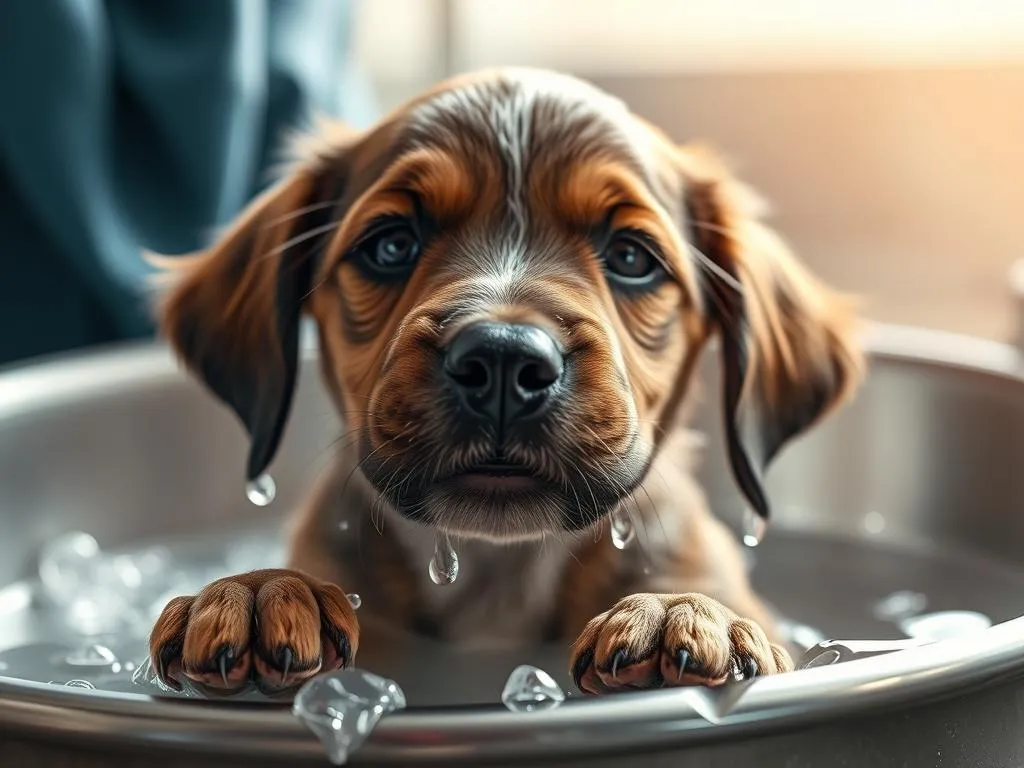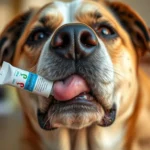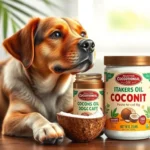
Introduction
Caring for your dog is a fundamental aspect of being a responsible pet owner. Among the many important health care practices, maintaining proper hygiene through regular bathing stands out. Bathing is not just about cleanliness; it plays a significant role in your puppy’s overall health and well-being. Understanding when can you give puppy bath is crucial for ensuring a happy and healthy life for your furry friend.
In this comprehensive guide, we will explore the appropriate timing and techniques for bathing puppies, ensuring you have all the knowledge needed to keep your pup clean and healthy.
Understanding Puppy Bathing Needs
Importance of Bathing Puppies
Bathing your puppy is essential for several reasons. Firstly, it helps maintain hygiene, removing dirt, debris, and odors. Regular baths can significantly reduce the risk of skin infections and infestations from parasites like fleas and ticks. Additionally, bathing is a wonderful opportunity to bond with your puppy, making grooming a pleasant experience for both of you.
Factors Influencing Bathing Frequency
The frequency of bathing your puppy can depend on various factors:
- Age of the puppy: Younger puppies typically require fewer baths than older ones.
- Breed characteristics: Long-haired breeds may need more frequent grooming and bathing compared to short-haired breeds.
- Lifestyle factors: Puppies that are more active and spend a lot of time outdoors may need to be bathed more often than those that are primarily indoor pets.
When Is the Right Time to Bathe a Puppy?
Age Considerations
Understanding the appropriate age to start bathing your puppy is vital. Here’s a breakdown of bathing guidelines based on age:
- Newborn puppies (0-2 weeks): It is best to avoid bathing them entirely during this stage, as they rely on their mother for warmth and cleanliness.
- Young puppies (2-4 weeks): At this age, you can give sponge baths to clean them gently while controlling moisture to avoid chilling.
- Puppies (4-12 weeks): This is generally the right time to introduce their first full bath. Ensure the environment is warm, and the puppy feels secure throughout the process.
Signs That a Bath Is Needed
Knowing when your puppy needs a bath is essential. Look for these signs:
- Odor and dirt accumulation: If your puppy starts to smell or appears dirty, it’s time for a bath.
- Skin conditions or irritations: If you notice any unusual spots or irritations, a bath can help soothe their skin.
- After outdoor activities: If your puppy has been playing outside, especially in muddy or dirty conditions, a bath is likely necessary.
Preparing for a Puppy Bath
Choosing the Right Bathing Supplies
Having the right supplies can make bath time easier and more enjoyable for both you and your puppy. Here’s a list of recommended items:
- Puppy-safe shampoos and conditioners: Look for products specifically formulated for puppies to ensure they are gentle on their sensitive skin.
- Bathing tools: Towels, brushes, and non-slip mats are essential for a smooth bathing process.
Setting Up a Bathing Area
Choose a suitable bathing location that ensures both safety and comfort for your puppy. Common options include:
- Kitchen sink: Ideal for smaller puppies, providing a manageable space.
- Bathtub: Suitable for larger breeds, but make sure to use a non-slip mat to prevent slipping.
Step-by-Step Guide to Bathing a Puppy
Pre-Bath Preparation
Before you start the bath, gather all your supplies to create a stress-free environment. Brushing your puppy before bathing helps remove loose fur and tangles, making the bathing process smoother.
Bathing Process
- Wetting the puppy: Use warm water to wet your puppy gradually, avoiding their face and ears initially. Test the water temperature to ensure it’s comfortable.
- Applying shampoo: Use a small amount of puppy-safe shampoo, lathering it gently across their body while avoiding sensitive areas such as their eyes and ears.
- Rinsing thoroughly: Ensuring all soap is rinsed away is crucial to prevent skin irritation. Use warm water to rinse until the water runs clear.
Post-Bath Care
After bathing, it’s important to dry your puppy properly. Use towels to absorb excess water, and if your puppy is comfortable, you can use a blow dryer on a low setting. Additionally, inspect their skin for any irritations or issues that may have arisen during the bath.
Common Mistakes to Avoid
Over-Bathing
Bathing your puppy too often can lead to dry skin and irritation. Puppies generally do not need to be bathed more than once a month unless they get particularly dirty. Keep an eye out for any signs of skin irritation, which may indicate that you’re bathing them too frequently.
Using Human Products
It’s essential to avoid using human shampoos on your puppy, as they can disrupt the natural pH balance of their skin and lead to dryness or irritation. Always opt for products specifically designed for puppies.
Alternatives to Bathing
Dry Shampoo Options
In certain situations, such as when your puppy is particularly anxious about water, dry shampoo can be a helpful alternative. These products can help absorb oils and odors without the need for a full bath. Ensure you choose a puppy-safe dry shampoo and follow the instructions carefully.
Professional Grooming Services
For some breeds, especially those with long or dense coats, professional grooming may be advisable. Groomers can provide specialized care and ensure your puppy looks and feels their best. Consider taking your puppy to a groomer if their coat requires more maintenance than you can manage at home.
Conclusion
Proper bathing practices are crucial for maintaining your puppy’s health and hygiene. Understanding when can you give puppy bath is just the beginning. By following the guidelines outlined in this article, you can ensure that bath time is a positive experience that contributes to your puppy’s overall well-being.
Frequently Asked Questions (FAQs)
Can I bathe my puppy too often?
Yes, bathing your puppy too frequently can dry out their skin and lead to irritations. It’s generally recommended to bathe puppies no more than once a month unless necessary.
What if my puppy hates baths?
If your puppy dislikes baths, try to make the experience more enjoyable by using treats, toys, or offering praise. Gradually introduce them to water and bathing tools to help them become more comfortable.
How can I make bath time enjoyable for my puppy?
Creating a calm environment, using warm water, and offering treats can help make bath time a positive experience. Additionally, ensuring the bathing area is safe and comfortable will reduce anxiety.
What are the signs of a skin infection I should look for after a bath?
Look for redness, swelling, or unusual odors. If your puppy’s skin appears irritated, flaky, or if they are excessively scratching or biting at their skin, consult your veterinarian.
By following these guidelines, you can ensure a successful and healthy bathing routine for your puppy, setting the foundation for a clean and happy life.









